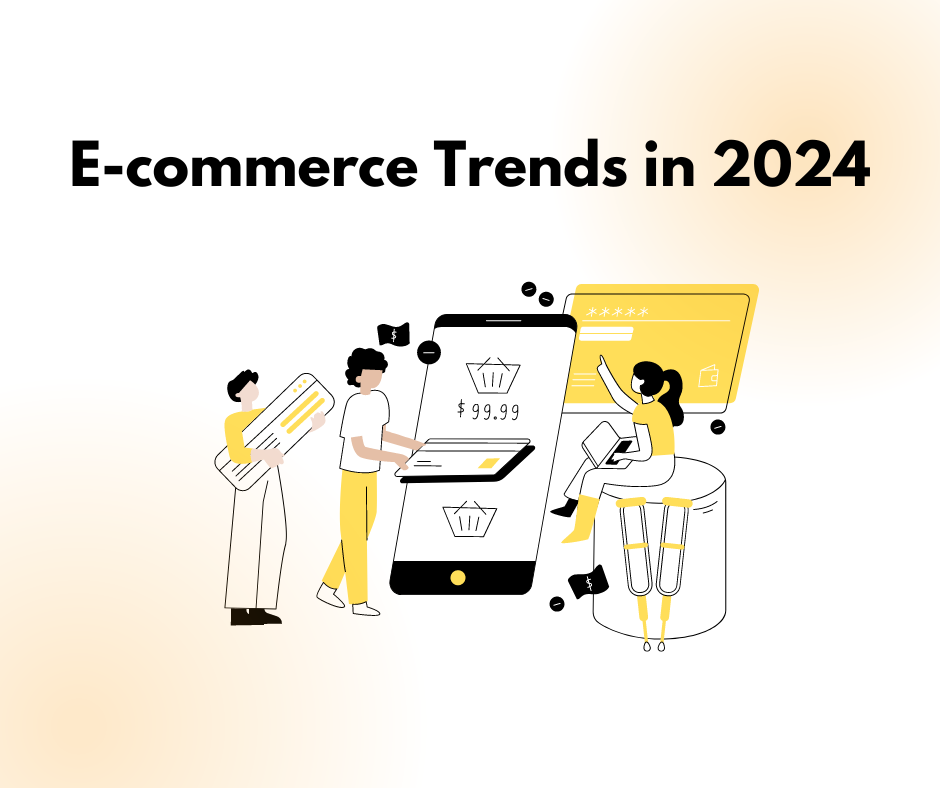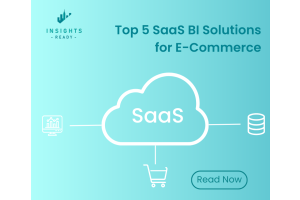We use cookies to improve your experience on our website and for marketing. Private Policy.
E-commerce Trends in 2024

The e-commerce landscape continues to evolve rapidly, driven by technological advancements, changing consumer behaviors, and innovative business models. As we venture into 2024, several key trends are set to shape the future of online retail. In this article, we highlight the ten most popular e-commerce trends to watch for this year.
1. Sustainability and Eco-friendly Practices
Consumers are increasingly conscious of the environmental impact of their purchases. In 2024, more e-commerce businesses are expected to adopt sustainable practices, such as eco-friendly packaging, carbon-neutral shipping, and sourcing products from sustainable suppliers. Brands that prioritize sustainability are likely to see increased customer loyalty and market share.
2. AI and Machine Learning Enhancements

Artificial intelligence (AI) and machine learning continue to revolutionize e-commerce. From personalized product recommendations to chatbots providing customer service, these technologies enhance the shopping experience and drive sales. AI-powered tools help businesses analyze consumer behavior, optimize pricing strategies, and manage inventory more efficiently.
3. Augmented Reality (AR) Shopping
Augmented reality is transforming the way consumers shop online. AR allows customers to visualize products in their own space, such as trying on clothes virtually or seeing how furniture fits in their home. This immersive experience reduces return rates and increases customer satisfaction by helping shoppers make more informed purchasing decisions.
4. Social Commerce

Social media platforms are becoming powerful e-commerce channels. Social commerce enables users to discover and purchase products directly through social media apps like Instagram, Facebook, and TikTok. Influencer marketing, user-generated content, and integrated shopping features make social media a vital component of e-commerce strategies in 2024.
5. Voice Commerce
Voice-activated shopping is gaining traction with the proliferation of smart speakers and virtual assistants like Amazon's Alexa and Google Assistant. Voice commerce allows consumers to search for products, place orders, and track deliveries using voice commands, offering a hands-free, convenient shopping experience.
6. Subscription-based Models
Subscription services are becoming more popular across various product categories, from fashion and beauty to food and beverages. Subscription models provide businesses with a steady revenue stream and improve customer retention by offering convenience and personalized experiences tailored to individual preferences.
7. Hyper-Personalization
Personalization goes beyond addressing customers by their names. In 2024, hyper-personalization uses advanced data analytics to deliver highly relevant product recommendations, content, and offers based on individual browsing and purchase history. This trend enhances the customer experience and boosts conversion rates.
8. Mobile-first Shopping

With the increasing use of smartphones, mobile commerce continues to rise. E-commerce platforms are prioritizing mobile-first design, ensuring seamless, user-friendly experiences on mobile devices. Features like one-click checkout, mobile wallets, and app-based loyalty programs cater to the growing number of mobile shoppers.
9. Omnichannel Retailing
Omnichannel strategies integrate online and offline channels to provide a cohesive shopping experience. In 2024, retailers are enhancing their omnichannel capabilities by offering services like buy online, pick up in-store (BOPIS), curbside pickup, and seamless returns across different channels. This approach meets consumer demand for flexibility and convenience.
10. Blockchain for Transparency and Security
Blockchain technology is being adopted to enhance transparency and security in e-commerce transactions. It provides an immutable ledger for tracking the entire supply chain, ensuring authenticity, and reducing fraud. Consumers can verify the origin and quality of products, fostering trust in e-commerce brands.
Conclusion
The e-commerce trends of 2024 are centered around improving the customer experience, embracing technological innovations, and adopting sustainable practices. Businesses that stay ahead of these trends will not only meet evolving consumer expectations but also gain a competitive edge in the dynamic e-commerce landscape. As these trends continue to develop, companies must remain agile and innovative to thrive in the digital marketplace.
For more insights on how these trends can impact your business, explore our Power BI Reporting Suite for Magento and Power BI Reporting Suite for Adobe Commerce to leverage data-driven decisions for your e-commerce strategy.







